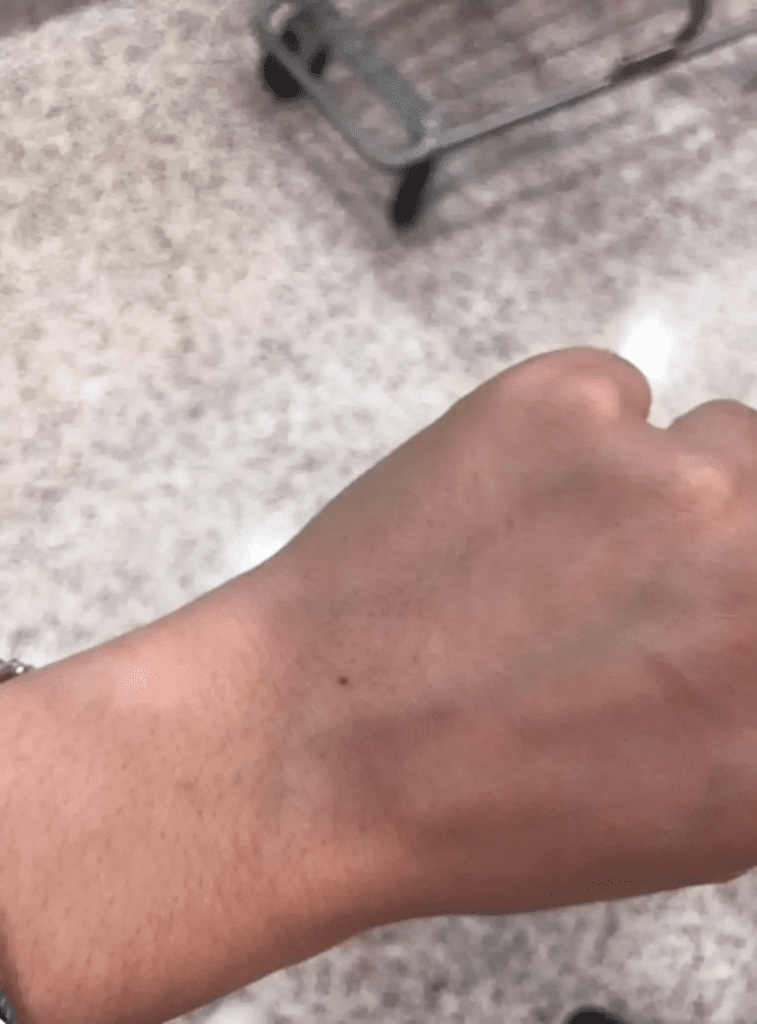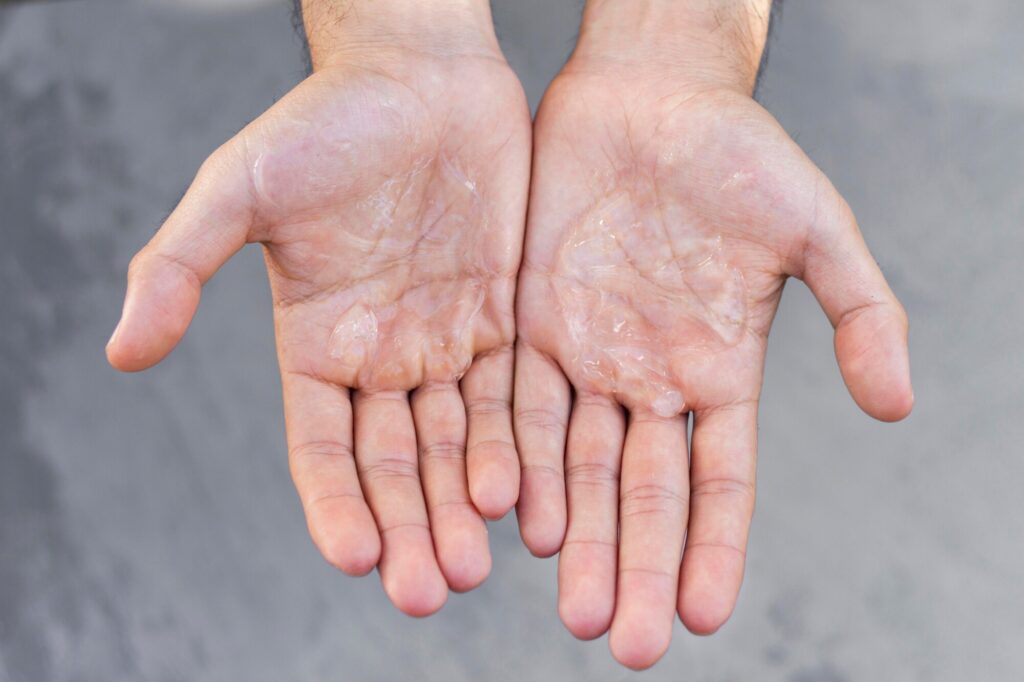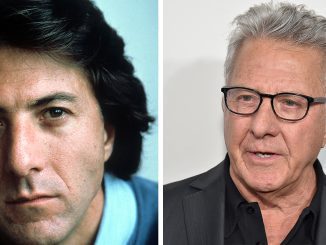Have you ever noticed a small freckle on the back of your wrist, right where your hand meets your arm? If so, you’re not alone. This little spot of pigment is incredibly common, and if you take a look around, you might spot the same freckle on friends, family, or even strangers. While it may seem like a quirky coincidence, there’s actually a scientific explanation for why so many people have freckles in this specific area.
Let’s dive into why this freckle appears and what it means for your skin.

The Science Behind Freckles
Freckles are small, concentrated areas of pigmentation that appear on the skin due to exposure to UV radiation. They’re typically more noticeable on people with lighter skin tones, but anyone can develop freckles. These spots are caused by an increase in melanin, the pigment responsible for giving your skin its color.
According to dermatologist Dr. Joyce Park, the wrists, forearms, and hands are common areas for freckles to appear. She explains, “Freckles are basically areas of the skin where you have more pigment or melanin deposition from UV radiation.” The reason this particular area is so prone to freckles? It’s constantly exposed to sunlight.
Sun Exposure: The Key Culprit
When you’re outdoors, your hands and wrists are usually exposed to sunlight, even if the rest of your body is covered. Whether you’re walking, driving, or sitting by a window, your wrists and hands are often left vulnerable to UV rays. Dr. Park notes, “If you think about it, when you’re driving, that side of your wrist and hand is just constantly being exposed to sunlight, even if you’re wearing sleeves.”
This exposure leads to an accumulation of melanin in the skin, which over time results in freckles. Most of us are pretty diligent about applying sunscreen to our faces and arms, but how often do we remember to cover the backs of our hands and wrists? Likely not as frequently as we should. That small oversight can lead to the development of freckles in these spots.
Moles vs. Freckles: What’s the Difference?
While many people assume these spots are just freckles caused by sun exposure, dermatologist Dr. Joshua Zeichner offers a different perspective. He suggests that these may not be freckles at all, but rather moles or “beauty marks.”
“What we are actually seeing in these photos are moles or ‘beauty marks’,” he explains. “These spots are harmless overgrowths of pigment-producing cells, causing small brown spots on the skin.” In this case, the sun may still play a role, but moles can also appear anywhere on the body, regardless of sun exposure.
Why Freckles Are So Common on the Wrists
If you’ve ever noticed that freckles seem to appear more frequently on your wrists and arms, you’re not imagining things. The wrists and forearms receive a lot of sun exposure, especially while driving, gardening, or engaging in outdoor activities. Since these areas are often uncovered, they are prime spots for freckles to develop.

Source: Freepik
And while sunscreen is our best defense against UV radiation, many people forget to apply it to their hands and wrists. This leaves the skin vulnerable to damage, increasing the likelihood of freckles forming.
Should You Be Concerned About Your Freckles?
In most cases, freckles are harmless. They’re simply the result of your skin reacting to UV exposure. However, dermatologists recommend paying attention to your skin, especially if you notice changes in the appearance of your freckles or moles.
Freckles that change shape, size, or color should be checked by a healthcare professional. Dermatologists often encourage people to follow the “ABCDE” rule when monitoring moles and freckles:
- Asymmetry: One half of the mole or freckle does not match the other.
- Border: The edges are irregular, ragged, or blurred.
- Color: The color is not uniform and may include shades of brown, black, or even red.
- Diameter: The spot is larger than 6mm (about the size of a pencil eraser).
- Evolution: The mole or freckle is changing in size, shape, or color.
If you notice any of these signs, it’s best to consult a dermatologist to rule out any potential skin issues.
Protecting Your Skin from UV Damage
While freckles themselves are usually harmless, they can be a sign that your skin is being exposed to too much sun. Over time, repeated UV exposure can increase your risk of developing skin conditions, including skin cancer. Here are a few simple ways to protect your skin from the harmful effects of UV rays:

- Use Sunscreen: Apply a broad-spectrum sunscreen with an SPF of at least 30 every day, even when it’s cloudy. Don’t forget to cover your hands, wrists, and other frequently exposed areas.
- Wear Protective Clothing: If you’re going to be outdoors for an extended period, wear long sleeves, hats, and sunglasses to shield your skin from direct sunlight.
- Seek Shade: Try to avoid the sun during peak hours (10 a.m. to 4 p.m.) when UV rays are strongest.
- Reapply Sunscreen: If you’re spending the day outside, be sure to reapply sunscreen every two hours, or more frequently if you’re swimming or sweating.
Conclusion: Your Freckle is a Sign of Sun Exposure
That freckle on your wrist may seem like a small, insignificant spot, but it’s actually a sign that your skin is getting more sun exposure than you might realize. While it’s common and usually harmless, it’s essential to protect your skin from UV radiation to prevent further sun damage.
By taking steps to protect your skin and regularly checking your freckles and moles for any changes, you can help keep your skin healthy and reduce your risk of developing more serious conditions. So, the next time you’re outside, remember to give your hands and wrists the same level of sunscreen attention that you give to your face and arms.


